
Years: 2021 - 2024
Name: Biocides domestiques: émissions, exposition potentielle et solutions de réduction
Acronym: BIOCID@HOME
Funding: ANR JCJC, 350 k€
Partners:
Summary
Biocides are ubiquitous at home. Their domestic uses and in building materials, contrary to the agricultural pesticides, have been overlooked in terms of health and environmental risk assessment.
Biocid@Home brings together different disciplines (chemistry, hydrology and social sciences) to estimate biocide emissions by the urban habitat and reduce the related health and environmental risk by
- characterising biocide uses in habitat,
- characterising biocide emissions and risks at the building scale,
- assessing the fluxes, the transfer/transformation processes and the environmental risks at the urban scale, and
- evaluating the efficiency and the socio-economic impact of some technical and social solutions (regulation, changes of practices, local or downstream treatment) to reduce the risks.
Biocides and their transformation products will be quantified in air, runoff, greywater, ground- and surface water and models of emissions will be parametrized at different scales.
Presentation, objectives, methodology
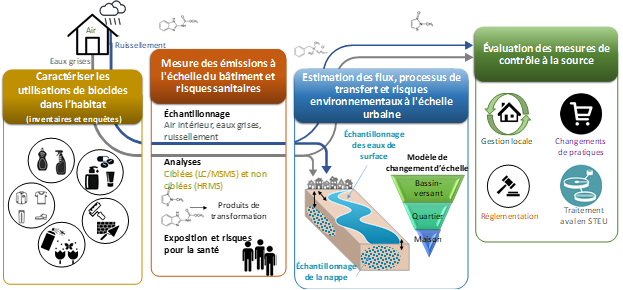
Biocidal substances are ubiquitous in the urban habitat, they are used as preservatives in everyday products (cosmetics, detergents, textiles), as biocides in building materials, or as pesticides against insects or mites. These toxic substances therefore represent a double threat. On the one hand, humans are regularly exposed to biocides in their homes, which increases the risk of sensitization, induction of antibiotic resistance and cancer, among others. On the other hand, these biocides can be emitted into the environment through wastewater or runoff, which can have an impact on aquatic ecosystems and lead to a deterioration in the quality of the resource. Despite this alarming situation, the urban/domestic sources of these emerging substances, unlike agricultural pesticides, have been neglected in health and environmental risk assessment.
In this context, the scientific questions of the Biocid@Home project concern the estimation of biocide emissions from urban habitat, the assessment of health and environmental risks related to these emissions, and the comparison of possible solutions. We propose to study "at source" solutions, i.e., decentralized treatments (phyto-purification of grey water and infiltration of runoff) and reduction of emissions through changes in practices (consumption, maintenance...). These new solutions will be compared to global solutions: regulations for banning or substituting substances, and centralized treatment in wastewater treatment plants.
To answer these scientific questions, we propose to pursue the following specific aims:
- To characterize the uses of biocides in the habitat
- To quantify emissions to indoor air, greywater and runoff
- To assess the health and environmental risks associated with these emissions
- To assess mass loads, transfers and transformation processes at the urban scale
- To evaluate the effectiveness and socio-economic impacts of solutions to reduce exposure (upstream/downstream treatments, regulation, substitution, awareness raising, etc.).
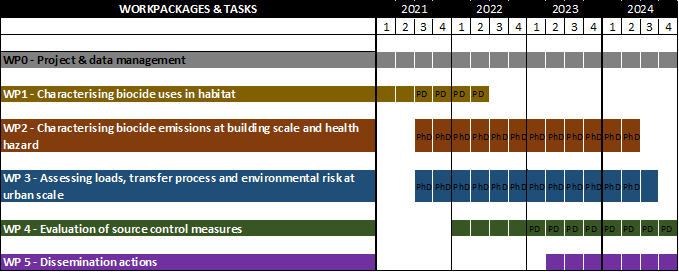





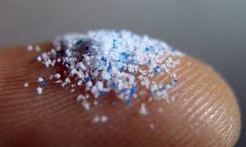
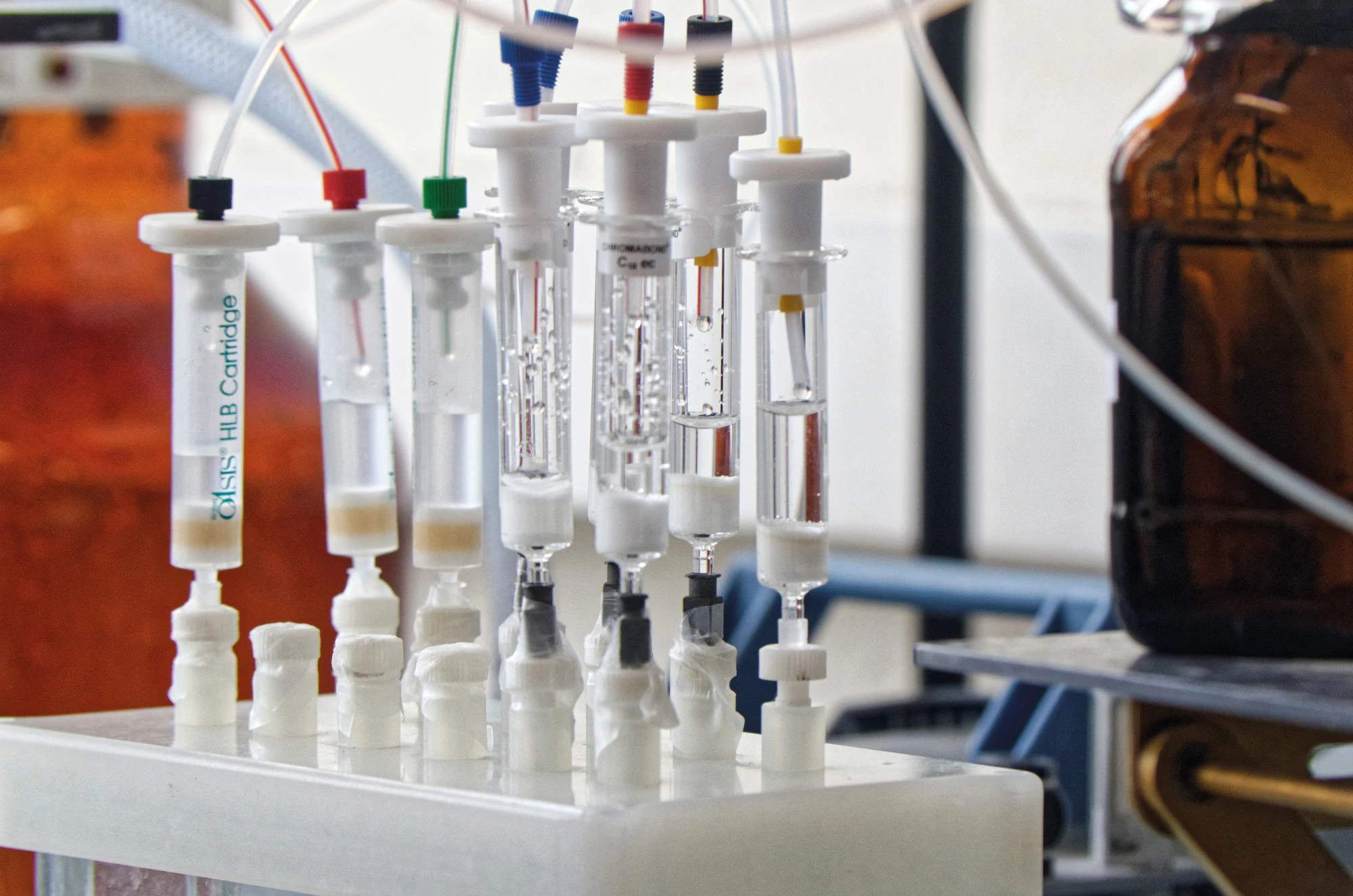
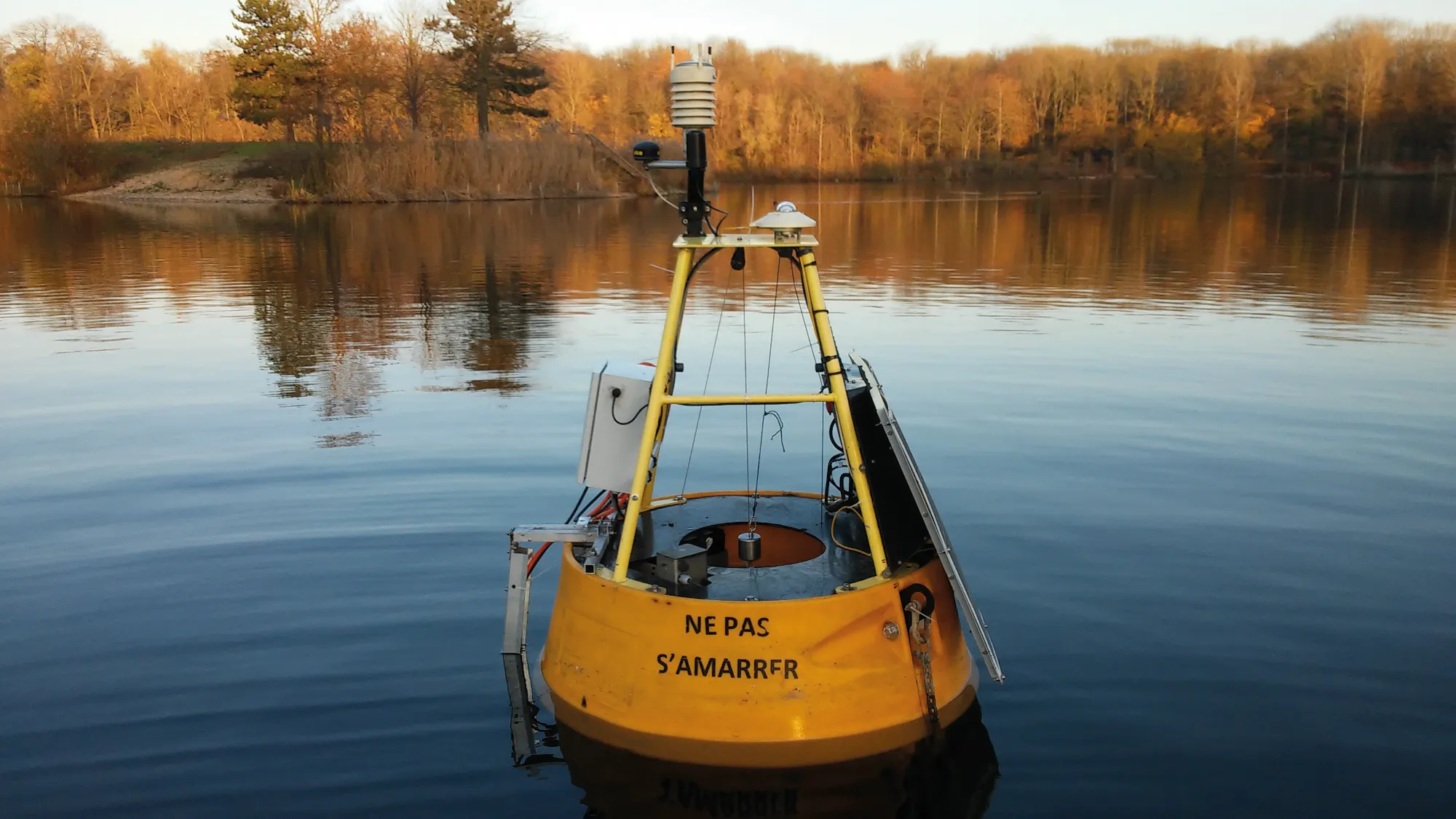
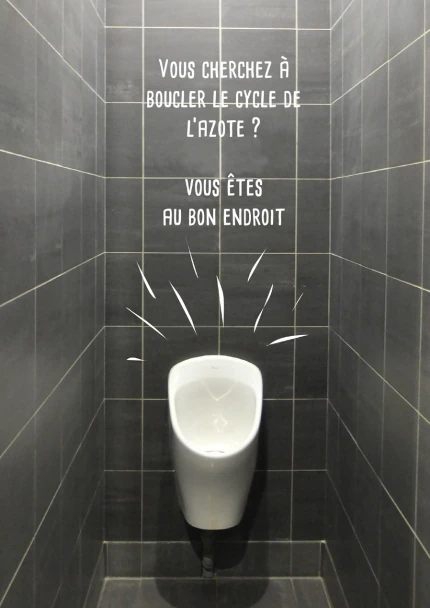
 Scientific production
Scientific production Technical resources and equipment
Technical resources and equipment Expertise and disciplines
Expertise and disciplines


